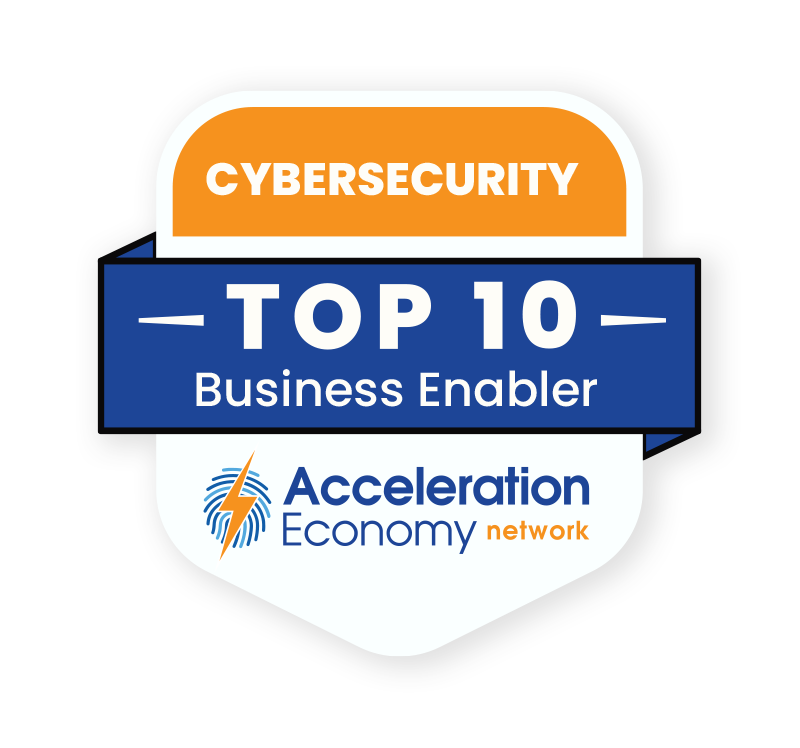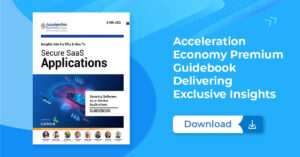In today’s rapidly evolving digital business environment, enterprises increasingly rely on cloud technologies to enhance their operational efficiency, agility, and competitiveness. While the benefits of adopting cloud solutions are manifold, they also bring forth challenges and complexity, particularly in the realm of cybersecurity.
Surprisingly, in many organizations, a disconnect exists between cloud strategy and cybersecurity strategy, despite the interdependence of the two. There are severe consequences for enterprises that fail to integrate these critical components of modern business infrastructure. A multi-partner strategy can help.
Sign up here for the Partners Ecosystem Digital Summit on-demand pass to see all of the Partners Ecosystem Innovation interviews that aired on April 20, 2023.
Benefits of a Multi-Partner Strategy
Multi-partner strategies deliver the best outcomes for enterprises looking to align their cloud and cybersecurity strategy. From reducing risk to providing back-ups to helping select the right technology platforms, here are a few ways that a multi-partner strategy makes a difference:
Diverse Expertise: Working with multiple partners provides access to a wider range of expertise and specialization, which can help address the various elements of an enterprise’s cloud and cybersecurity strategies. Each partner can bring unique strengths, industry-specific knowledge, and technology tools that can enhance an organization’s security posture.
Risk Mitigation: Relying on a single partner, say a cloud application partner, can expose an organization to vulnerabilities, as any weaknesses of that partner can translate to a point of failure for customers. A multi-partner approach helps distribute risk and minimize the impact of potential vulnerabilities.
Customization and Flexibility: Multiple partners can offer a broader range of services and solutions, enabling an enterprise to select the most suitable tools and resources that cater to their specific requirements. It allows organizations to adapt to evolving business needs and security threats.
Competition: The presence of multiple partners fosters healthy competition, which can drive innovation, better pricing, and improved service levels. Enterprises can leverage this to their advantage, ensuring that they receive the best possible solutions and support.
Vendor Strategy: Multiple partners can help you select the right vendors for your business. By comparing recommendations across partners, you can see trends, both negative and positive, regarding the best vendors for cloud and security.
Redundancy and Business Continuity: In the event of a failure or disruption in one partner’s service, having multiple partners ensures that alternative solutions and resources are available to maintain business continuity and minimize downtime.
Regulatory Compliance: Different partners may have expertise in addressing the specific regulatory requirements of various industries and regions. A multi-partner strategy can help ensure that an organization remains compliant with relevant laws and regulations, minimizing the risk of penalties and reputational damage.
Collaborative Security: By engaging multiple partners, enterprises can benefit from the collective intelligence and insights generated through collaboration. This can help organizations stay ahead of emerging threats and make informed decisions regarding their security strategy.
How to Implement a Multi-Partner Strategy
Now that you see the benefits of a multi-partner strategy, it’s time to implement one. The playbook here is similar to the implementation of any new partnering initiative and involves clear goals, due diligence, KPIs, and, most importantly, communication. To that end, make sure to:
- Clearly define goals and requirements for the cloud and cybersecurity strategy
- Conduct thorough research and due diligence on potential partners to evaluate their capabilities, expertise, and compatibility
- Establish strong communication and collaboration channels between partners to ensure seamless integration and information sharing
- Develop a scorecard for partner performance to ensure a level playing field for performance measurement
- Monitor and evaluate the performance of each partner regularly to ensure they continue to meet the organization’s needs and objectives
As always, when developing your partner strategy, you want to first determine where in your business you need support and where partners can add the most value. Proactively managing your partnering approach will accelerate your cloud strategy while ensuring your security risks are minimized. As always, happy partnering!

Which companies are the most important vendors in cybersecurity? Check out
the Acceleration Economy Cybersecurity
Top 10 Shortlist.
Want more tech insights for the top execs? Visit the Leadership channel:









